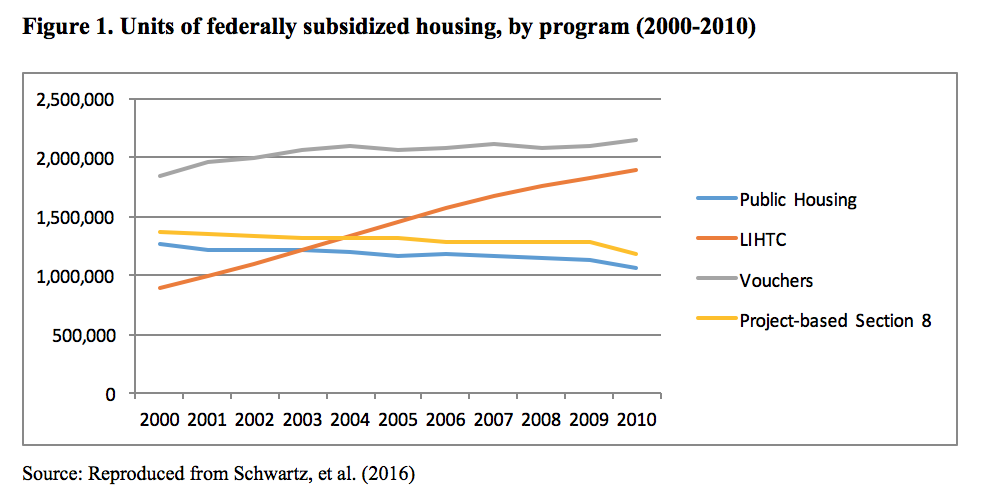News | METRANS Releases White Paper on Affordable Housing in Transit-Oriented Developments
Stop the VideoNews

METRANS UTC
METRANS Releases White Paper on Affordable Housing in Transit-Oriented Developments
Saturday, March 25, 2017
by By Rui Zhang, MPL 2018
There is much research on the topic of housing affordability in Transit-oriented developments (TODs), and the literature varies in its use of methodological approaches, data, geography, and normative motivations. To summarize the current literature and synthesize the findings from the various approaches, cities, and data sets to establish stylized facts, METRANS researchers Professor Marlon Boarnet and Professor Rapheal Bostic recently released a white paper titled “Building Affordable Housing in Transit-Oriented Developments: Impacts on Driving and Policy Approaches.” Reflecting on what has already been written, the white paper identifies gaps in the existing literature that will require further research, i.e. how affordable housing and TOD policies could or should be integrated. PhD students Danielle Williams, Raul Santiago-Bartolomei, Seva Rodnyansky, and Andy Eisenlohr at USC’s Price School of Public Policy are also important contributors to the research.
The white paper particularly focuses on four questions: 1) What is the impact of TOD affordable housing on vehicle miles travelled (VMT)?; 2) Will affordable housing in TODs remain affordable in the long run?; 3) What are the costs and benefits of affordable housing near transit?; and 4) What affordable housing policy approaches for TODs would be most appropriate for California? Framed by these four questions, the white paper concludes that building affordable housing is important because of the housing crisis in California and higher transit ridership in TODs, and as a result, those two factors present opportunities to address both VMT reduction and goals for affordable housing.

Source: "Building Affordable Housing in Transit-Oriented Developments: Impacts on Driving and Policy Approaches", By Marlon G. Boarnet, Raphael Bostic, Danielle Williams, Raul Santiago-Bartolomei, Seva Rodnyansky, & Andy Eisenlohr, Price School of Public Policy, University of Southern California
The researchers suggest a three-pronged approach that focuses on: 1) Building more housing, both market-rate and affordable, particularly in TOD areas; 2) Increasing the subsidies for affordable housing; and 3) Reducing the rate so that existing affordable units will opt out of affordability programs. It is noted that increasing housing supply alone will not solve the affordability problem. Options for California to explore ways to increase funding for affordable housing in TODs have been listed and the necessity to launch state policies to incentivize local affordable housing production is highlighted.
Professor Boarnet stressed the importance of this white paper spanning from the literature on travel to policies for affordable housing. “For all the talk of 'land use and transportation,' housing and transportation are still too often in silos,” he notes. “This paper purposefully asked two questions -- what is the travel impact of affordable housing, and how can localities best leverage transit-oriented developments as opportunities for affordability? We argue that in California, policy needs to focus broadly in two areas: The first is to build more housing, period, and the second is to bring new sources of subsidy to the table to reduce the gap between housing costs and household ability-to-pay. We do not view this as an 'either/or' but rather a coordinated need to build more and to increase funding – so that we can close the affordability gap."
Eisenlohr also added his confidence in the meaning of the white paper to future policy making. “I have no doubt this project has helped identify the future regulatory and financial levers that California policymakers should use to incentivize the construction of additional, affordable units within transit-oriented developments,” he shared.
Rui Zhang
Rui Zhang is a Master of Planning student in the Price School of Public Policy at the University of Southern California with transportation concentration. She is a research assistant at the METRANS Transportation Center and is currently working on a METRANS research project titled “Managing the Impacts of Freight in California.” She plans to start a career on transportation planning with a focus on GIS spatial analysis. She can be reached at [email protected].
News Archive
- December (1)
- November (6)
- October (4)
- September (2)
- August (3)
- July (4)
- June (3)
- May (7)
- April (8)
- March (11)
- February (8)
- January (7)
- December (7)
- November (8)
- October (11)
- September (11)
- August (4)
- July (10)
- June (9)
- May (2)
- April (12)
- March (8)
- February (7)
- January (11)
- December (11)
- November (5)
- October (16)
- September (7)
- August (5)
- July (13)
- June (5)
- May (5)
- April (7)
- March (5)
- February (3)
- January (4)
- December (4)
- November (5)
- October (5)
- September (4)
- August (4)
- July (6)
- June (8)
- May (4)
- April (6)
- March (6)
- February (7)
- January (7)
- December (8)
- November (8)
- October (8)
- September (15)
- August (5)
- July (6)
- June (7)
- May (5)
- April (8)
- March (7)
- February (10)
- January (12)















